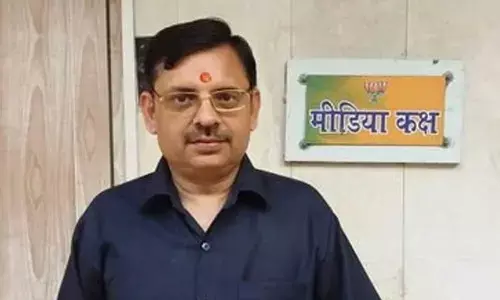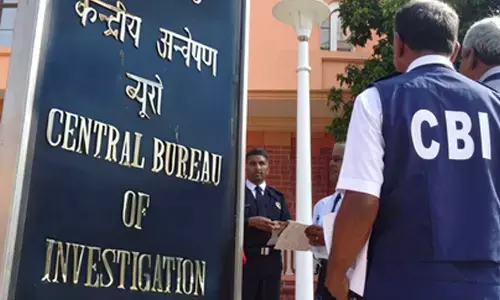Sino-Indian ties

Prime Minister Narendra Modi’s three-day visit to China began amidst hope and skepticism. The unresolved border issue causing intermittent hackles in bilateral ties, grossly unequal trade ties, and controversial Chinese decisions like building infrastructure in POK or objections to Indian leaders’ visits to Arunachal Pradesh etc create an uneasy backdrop to Modi’s visit.
It is the time to emphasise on commonalities rather than differences
Prime Minister Narendra Modi’s three-day visit to China began amidst hope and skepticism. The unresolved border issue causing intermittent hackles in bilateral ties, grossly unequal trade ties, and controversial Chinese decisions like building infrastructure in POK or objections to Indian leaders’ visits to Arunachal Pradesh etc create an uneasy backdrop to Modi’s visit.
But, huge and untapped potential for furthering already strong economic relations, geo political imperatives for partnership, common cause at global trade and environmental talks etc., provide enough optimism for Indian PM’s visit to our giant neighbour.
Geography is given. History may caution. But, India cannot stop a surging China. Compete, complement or confront are the choices available. After decades of diplomatic distance, both the nations took a political initiative to move ahead and forge a strong partnership, while continuing to discuss vexatious issues. India and China are two emerging global powers. Sino–Indian cooperation and partnership is vital for heralding the Asian century.
Both can together thwart the Western hegemonic moves at WTO to effect a new world order. It is the time to emphasise on commonalities rather than differences. Effectively summing up the gap between possibility and reality, Ravi Bhoothalingam, Honorary Fellow, Institute of Chinese Studies, Delhi, in an article entitled ‘Can the Chinese Connection Speed India’s Development?’ in Economic and Political Weekly dated May 09 2015 says, “Border disputes and other irritants have clouded political relations, including a short but bitterly remembered war in 1962.
The huge and until recently rapidly increasing trade relationship between the two countries is skewed and unbalanced in China’s favour, as the raw materials that constitute most of India’s exports to China are less value-additive than the machinery and project goods India imports from China.
Indian tourists to China number less than 6,00,000 per year, while Chinese tourists to India are only about 1,00,000 despite having a large cohort of outbound global travelers — 50 million for China and 17 million for India. The media in either country hardly features the other; but when it does that, the other is either exoticised or demonised. Attitudes to China among the Indian intelligentsia range from the indifferent to the hostile.”
Overwhelming power of China should not drive us to be an accomplice in US-led Western plan for containing China. Such a foreign policy course would be disastrous. Engagement with the West need not be at the cost of India’s ties with China and vice versa. In the age of economic diplomacy, national interests should guide our foreign policy. India has all along pursued strategic autonomy despite certain aberrations.
Sino–Indian relations should therefore be built on confluence of objectives, complementarity of relations, consensus or spirit of accommodation on key regional and international questions. Irritants need not dither us. Both have nothing to gain from confrontation. Competition, cooperation, caution, should guide the path of Indian policy towards China.














